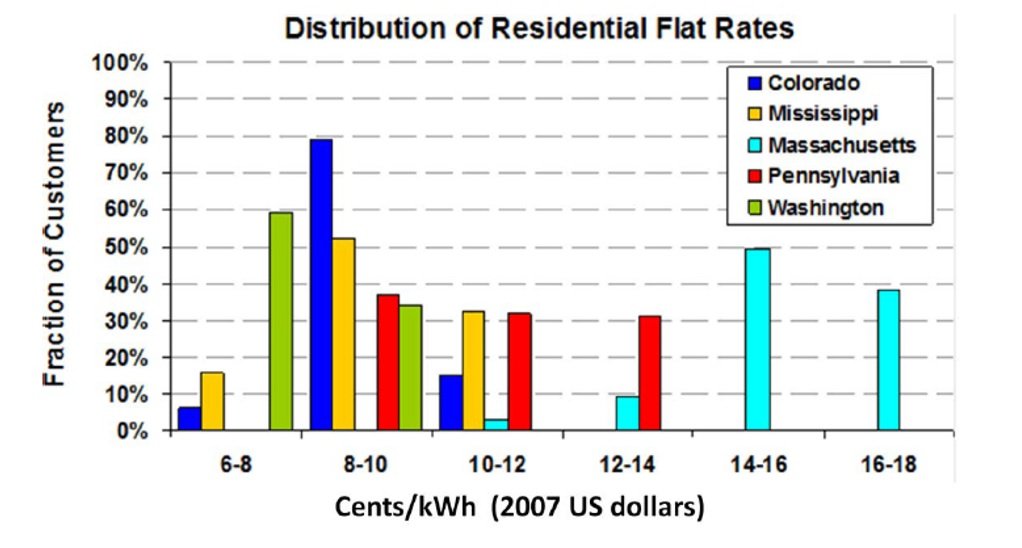Events & Promotions
|
|

GMAT Club Daily Prep
Thank you for using the timer - this advanced tool can estimate your performance and suggest more practice questions. We have subscribed you to Daily Prep Questions via email.
Customized
for You
Track
Your Progress
Practice
Pays
Not interested in getting valuable practice questions and articles delivered to your email? No problem, unsubscribe here.
- Nov 20
07:30 AM PST
-08:30 AM PST
Learn what truly sets the UC Riverside MBA apart and how it helps in your professional growth - Nov 22
11:00 AM IST
-01:00 PM IST
Do RC/MSR passages scare you? e-GMAT is conducting a masterclass to help you learn – Learn effective reading strategies Tackle difficult RC & MSR with confidence Excel in timed test environment - Nov 23
11:00 AM IST
-01:00 PM IST
Attend this free GMAT Algebra Webinar and learn how to master the most challenging Inequalities and Absolute Value problems with ease. - Nov 25
10:00 AM EST
-11:00 AM EST
Prefer video-based learning? The Target Test Prep OnDemand course is a one-of-a-kind video masterclass featuring 400 hours of lecture-style teaching by Scott Woodbury-Stewart, founder of Target Test Prep and one of the most accomplished GMAT instructors.
Originally posted by Sajjad1994 on 17 Aug 2020, 04:53.
Last edited by BottomJee on 10 Nov 2023, 05:18, edited 2 times in total.
Last edited by BottomJee on 10 Nov 2023, 05:18, edited 2 times in total.
Moved to new forum
Kudos
Bookmarks
Dropdown 1: Washington
Dropdown 2: 97%
Be sure to select an answer first to save it in the Error Log before revealing the correct answer (OA)!
Difficulty:
 95%
(hard)
95%
(hard)
Question Stats:
19% (03:18) correct 81%
(03:33)
wrong
81%
(03:33)
wrong  based on 292
sessions
based on 292
sessions
History
Date
Time
Result
Not Attempted Yet
The figure shows the distribution of retail electricity rates in 2007 for five states in the U.S. in cents per kilowatt hour.

Select from each drop-down menu the option that creates the most accurate statement, given the information provided.
A. If the highest cost range per kilowatt hour is listed for each of the five states included in the figure, then the state with the greatest percentage of customers spending less than six cents per kilowatt hour is .
B. If the average U.S. residential energy customer pays 13.31 cents per kilowatt hour, and every consumer paid the maximum amount per kilowatt hour for each of the ranges listed in the figure, then a randomly selected energy consumer from Massachusetts would be approximately less likely to pay less than the average than is would be a randomly selected energy consumer from Pennsylvania.

1.jpg [ 104.8 KiB | Viewed 9437 times ]
Select from each drop-down menu the option that creates the most accurate statement, given the information provided.
A. If the highest cost range per kilowatt hour is listed for each of the five states included in the figure, then the state with the greatest percentage of customers spending less than six cents per kilowatt hour is .
B. If the average U.S. residential energy customer pays 13.31 cents per kilowatt hour, and every consumer paid the maximum amount per kilowatt hour for each of the ranges listed in the figure, then a randomly selected energy consumer from Massachusetts would be approximately less likely to pay less than the average than is would be a randomly selected energy consumer from Pennsylvania.
Attachment:
1.jpg [ 104.8 KiB | Viewed 9437 times ]
ShowHide Answer
Official Answer
Dropdown 1: Washington
Dropdown 2: 97%
Kudos
Bookmarks
Sajjad1994
Select from each drop-down menu the option that creates the most accurate statement, given the information provided.
A. If the highest cost range per kilowatt hour is listed for each of the five states included in the figure, then the state with the greatest percentage of customers spending less than six cents per kilowatt hour is____________
A. Colorado
B. Mississippi
C. Massachusetts
D. Pennsylvania
E. Washington
Evident as the only state with the greatest customer fraction in the range.
E. Washington
B. If the average U.S. residential energy customer pays 13.31 cents per kilowatt hour, and every consumer paid the maximum amount per kilowatt hour for each of the ranges listed in the figure, then a randomly selected energy consumer from Massachusetts would be approximately_____________less likely to pay less than the average than is would be a randomly selected energy consumer from Pennsylvania.
A. 9%
B. 33%
C. 66%
D. 95%
E. 100%
D. 95%
Right so lets take a step by step approach for this problem.
The stems says that the average is 13.31 cents/ KwHr. Keeping this in memory.
"every consumer paid the maximum amount per kilowatt hour for each of the ranges listed in the figure", this simply means that the question wants us to take the maximum cent/kwhr value of the range.
i.e. 6-8 means 8 cent/kwhr, 12-14 mean 14 cent/kwhr.
OK now we know that we need to find people in the respected country spending less than the average which in our case is 13.3 so
For the Massachusetts case we can observe about 3% fraction of customers in the 10-12 range that is 3 people in a total of 100 people or 3/100.
Similarly we can observe for Pennsylvania we get about 31 % in 10-12 range and 36% in 8-10 range. This means 31 people in 100 and 36 people in 100 or about 67 people in a total of 200 people are paying less than the average.
Simplify a little bit.
3/100 * 2/2 = 6/200 people from Massachusetts
while 67/200 people from Pennsylvania .
to see how much is the decrease 67-6 = [(61/200) / (67/200)] *100 = (61/67) * 100 = about 91 %
Hence IMO D.
Here's my take for this question.
General Discussion
NIMISHAGUPTA
GMAT 1: 510 Q41 V20

Posts: 6
Kudos
Bookmarks
pls explain OA











